Supernatural Entities in Pakistan

- Published on
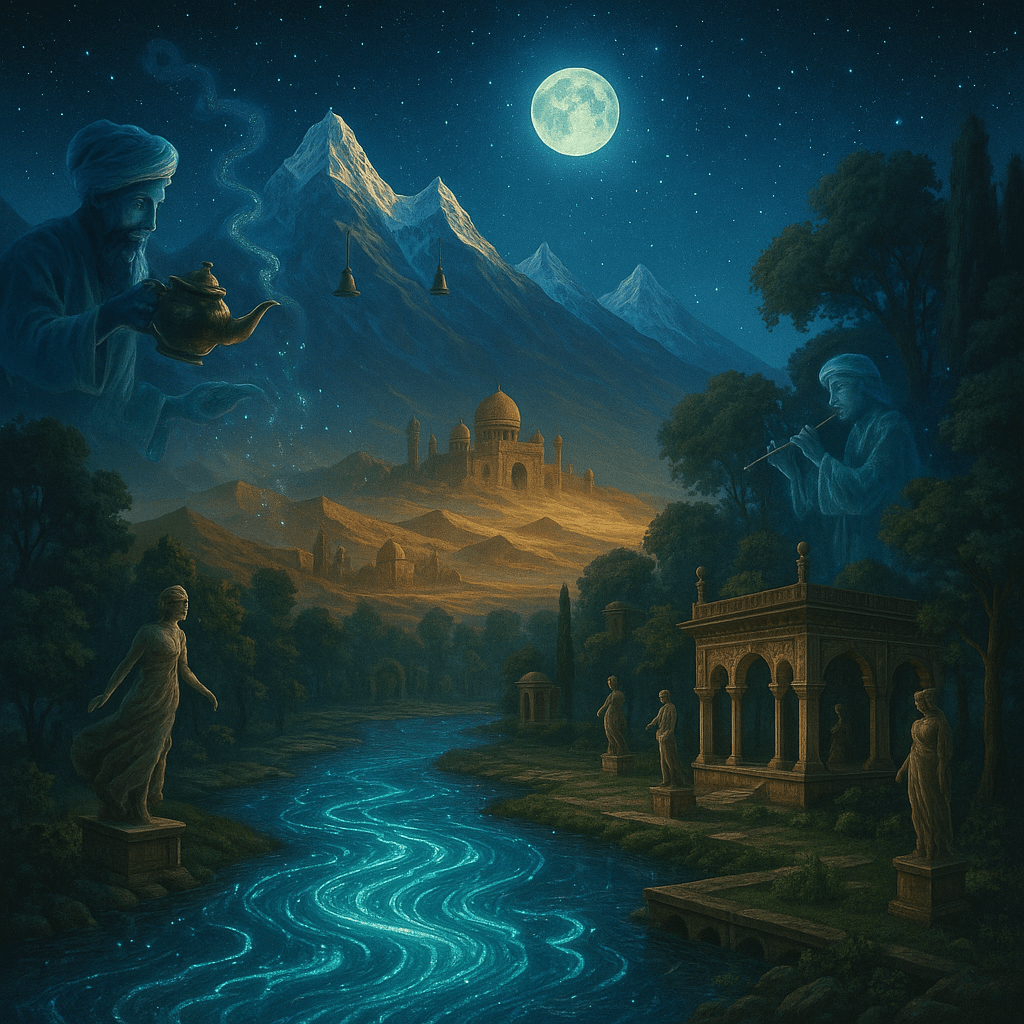
Supernatural Entities in Pakistan
Pakistan is rich in cultural diversity and folklore, with a variety of supernatural entities that have fascinated and terrified its people for generations. Here, we explore some of the supernatural entities, their origins, the areas where they are found, and stories from locals.
1. Chaalawa
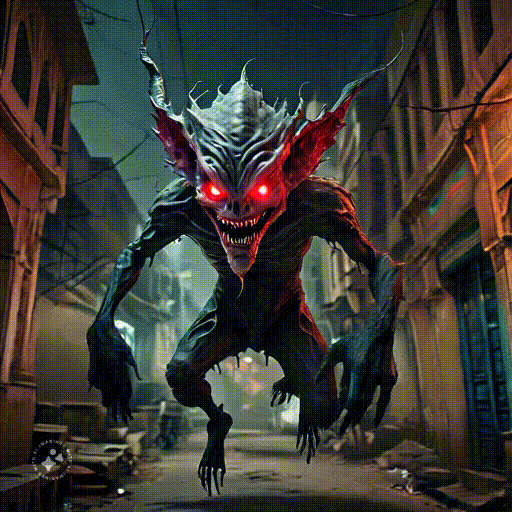
Origin:
Chaalawas are malevolent entities known to stalk and terrorize travelers at night. Their name derives from their ability to move swiftly and silently, often appearing and disappearing in an instant.
Appearance:
Chaalawas are often described as dark, shadowy figures with glowing eyes. They are swift and elusive, making them difficult to catch or confront.
Areas Found:
Chaalawas are commonly reported in the forests and remote areas of Punjab and Sindh.
Local Story:
"I was returning home late one night after visiting a neighboring village," recalls Tariq, a farmer from Punjab. "The moon was full, casting eerie shadows through the trees. Suddenly, I felt a cold breeze and saw a dark figure darting between the trees. It moved unnaturally fast, almost like it was gliding. I knew it was a Chaalawa. It started to follow me, its eyes glowing like embers. I ran as fast as I could, not daring to look back. The next morning, I found deep claw marks on the path where I had seen it."
2. Sar Kata
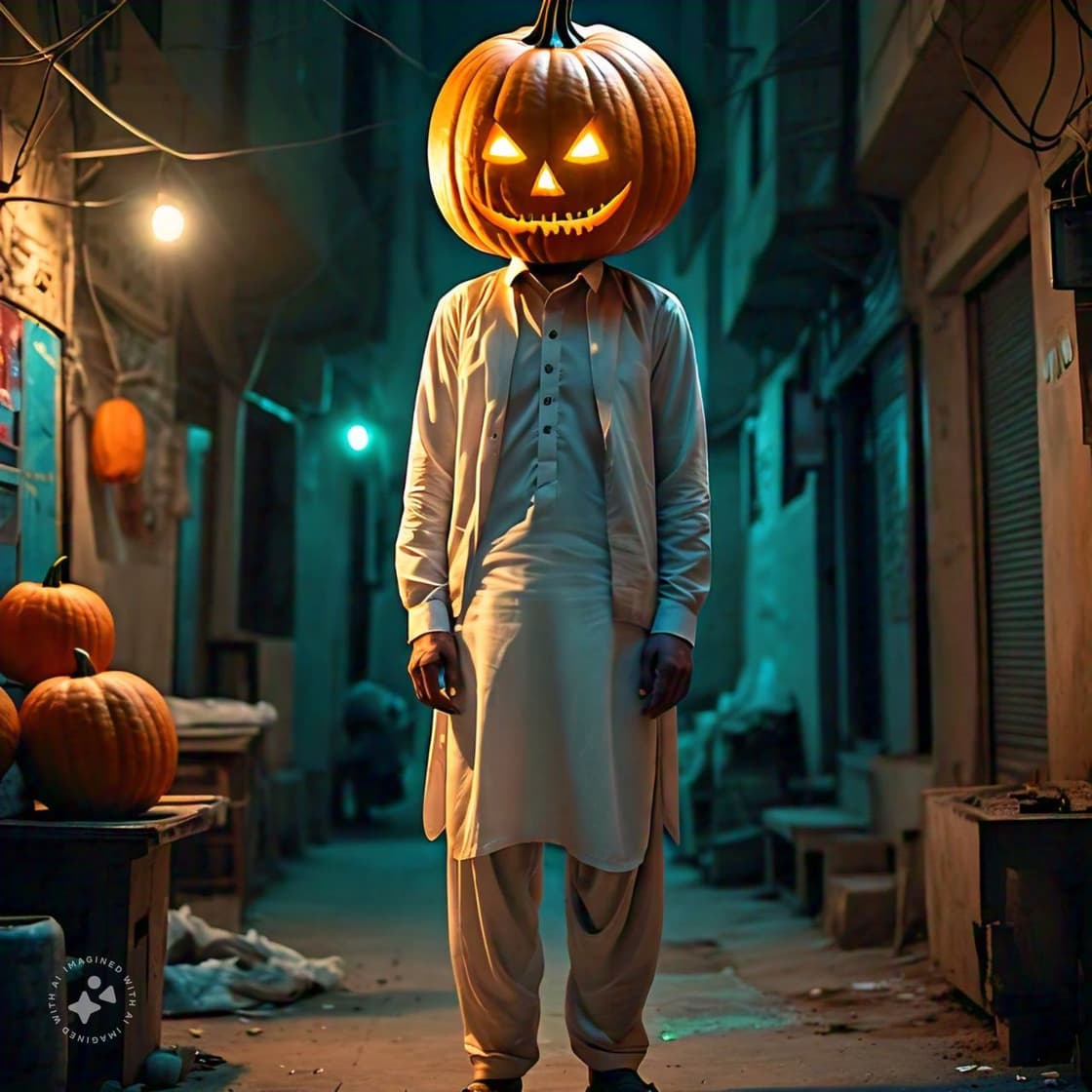
Origin:
Sar Kata, meaning "headless," are spirits of decapitated men who wander in search of their lost heads. They are often associated with violent deaths and unfinished business.
Appearance:
As their name suggests, Sar Kata are headless figures, sometimes carrying their severed heads in their hands. They emit an eerie glow and are accompanied by a chilling aura.
Areas Found:
Sar Kata sightings are reported in graveyards, battlefields, and places where violent deaths have occurred, particularly in Punjab and Balochistan.
Local Story:
"There's an old battlefield near our village," says Akbar, a local historian. "One night, I decided to explore it, curious about the legends. As I walked through the ruins, I saw a headless figure emerging from the shadows. It carried its severed head in its hand, which glowed with an unearthly light. The air turned icy cold, and I could hear a faint, mournful wail. Terrified, I fled back to the village, never to return to that cursed place."
3. Bona
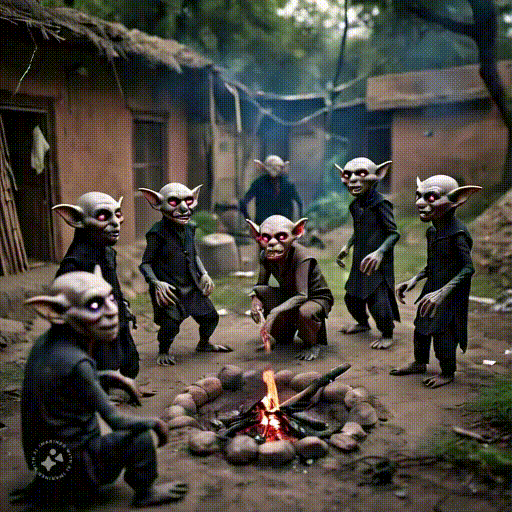
Origin:
Bona are malevolent dwarf-like creatures known for their mischievous and often harmful behavior. They are believed to be the spirits of children who died under tragic circumstances.
Appearance:
Bona are small, with twisted, gnarled features and glowing eyes. They often wear tattered clothing and move with an unsettling, jerky gait.
Areas Found:
Bona are often reported in old, abandoned buildings, forests, and areas where children are known to have died tragically.
Local Story:
"When I was a child, there was an old, abandoned house at the edge of our village," recalls Sara, a schoolteacher from Sindh. "We were always warned to stay away, but one day, my friends and I dared each other to explore it. Inside, we found tiny footprints in the dust and heard eerie giggling. Suddenly, a small, twisted figure with glowing eyes appeared, blocking our way. It reached out with clawed hands, and we ran, screaming, all the way back home. To this day, I can't forget the sight of that Bona."
4. Jal Pari

Origin:
Jal Pari, or "water fairy," are mythical beings believed to inhabit rivers, lakes, and coastal areas. They are known for luring unsuspecting victims into the water with their enchanting beauty and song.
Appearance:
Jal Pari are described as beautiful, ethereal women with long flowing hair and shimmering scales. They can appear as both human and aquatic, with their true form revealed only in the water.
Areas Found:
Jal Pari sightings are common near rivers, lakes, and coastal regions, particularly in Sindh and Balochistan.
Local Story:
"There is a serene lake near our village," narrates Imran, a fisherman from Sindh. "One evening, I went out fishing alone. As dusk fell, I heard a hauntingly beautiful song. Mesmerized, I followed the sound and saw a stunning woman sitting on a rock in the middle of the lake. Her eyes were like sapphires, and her voice was like a lullaby. But as I got closer, I noticed her lower body was covered in scales. She smiled, revealing sharp teeth, and reached out to me. I snapped out of the trance and rowed back to shore as fast as I could, never to fish alone again."
5. Pret

Origin:
Pret is a hindi word. Prets are spirits of the deceased who have died with unfulfilled desires or unresolved issues. They are known to cause disturbances and haunt those who come near their resting places.
Appearance:
Prets are often depicted as gaunt, skeletal figures with hollow eyes and a ghastly appearance. They emit a foul odor and are accompanied by an aura of dread.
Areas Found:
Prets are commonly found in cemeteries, old ruins, and places associated with death and tragedy, especially in Punjab and Sindh.
Local Story:
"There's an old cemetery on the outskirts of our town," says Yasir, a local guide from Punjab. "One night, a friend and I decided to explore it, driven by curiosity. As we wandered among the graves, a putrid smell filled the air. Suddenly, a gaunt figure with hollow eyes emerged from behind a tombstone. Its skeletal hand reached out, and we felt an overwhelming sense of dread. We ran as fast as we could, the Pret's mournful wail echoing in our ears. That night, we vowed never to disturb the dead again."
6. Shah Daula's Rats
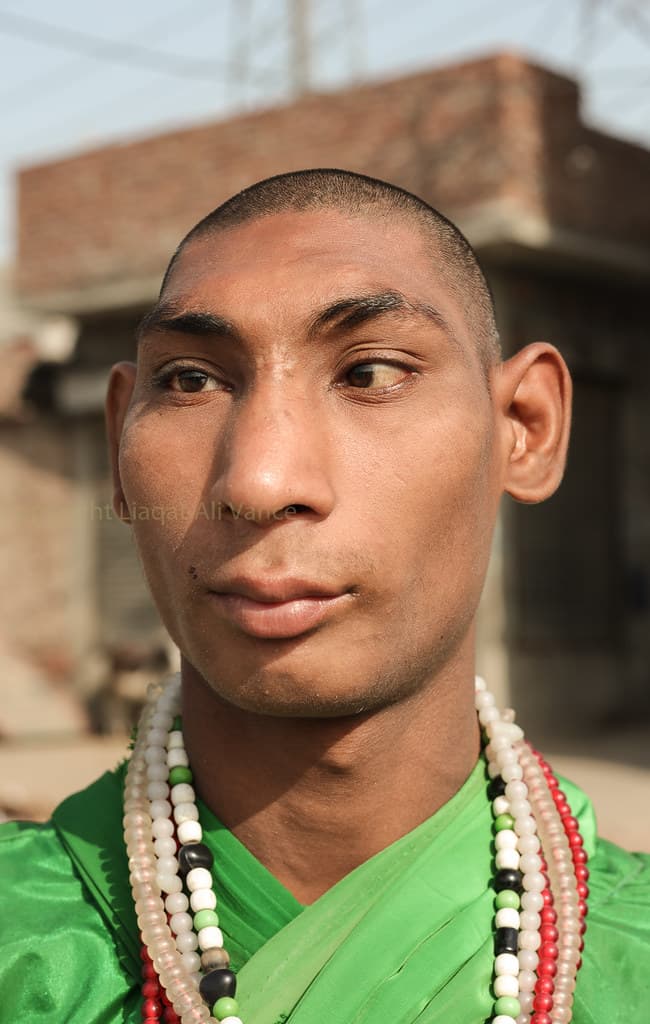
Origin:
P.S Shah Daula Rats are not a myth, these are real childern forced to go through a painful process due to lack of education in Pakistan.
Shah Daula's Rats are believed to be children with abnormally small heads, often associated with the shrine of Shah Daula in Gujrat. They are said to be cursed or blessed, depending on the perspective. The lore surrounding Shah Daula's Rats takes a darker turn with the belief that these children are not born with abnormally small heads but are intentionally made through dark rituals or curses. According to this variation of the tale, certain individuals or groups seeking supernatural powers or retribution perform rituals at the shrine of Shah Daula, invoking ancient and mysterious forces.
In these rituals, innocent children are chosen or taken, and through sinister means, their heads are unnaturally stunted or deformed. This act is believed to imbue them with otherworldly abilities or to curse them as vessels for malevolent spirits. Such children, then known as Shah Daula's Rats, are said to possess uncanny powers and often exhibit behaviors that unsettle those around them.
The community, grappling with fear and suspicion, views these children with a mix of awe and dread. They are both revered for their supposed supernatural abilities and feared for the potential harm they could bring. Tales of their encounters with these children are passed down through generations, perpetuating the mystery and intrigue surrounding Shah Daula's Rats.
While these stories may be rooted in superstition and myth, they reflect profound cultural beliefs and the complexities of human perceptions of the unknown. The tale of Shah Daula's Rats continues to captivate imaginations and provoke contemplation about the boundaries between reality and folklore in the rich tapestry of Pakistan's cultural heritage.
Appearance:
These children have small, pointed heads and are often seen begging near the shrine. They are believed to possess supernatural abilities.
Areas Found:
Primarily found near the shrine of Shah Daula in Gujrat, Punjab.
Local Story:
"During a visit to the shrine of Shah Daula, I noticed a group of children with unusually small heads," recalls Anwar, a pilgrim. "One of them approached me, his eyes filled with a strange, piercing intensity. He asked for alms, and as I handed him some money, he grasped my hand and whispered something in an unknown language. A chill ran down my spine, and I felt an inexplicable sense of unease. That night, I had vivid nightmares, and the child's haunting eyes were the last thing I saw before waking up in a cold sweat."
7. Siyaah
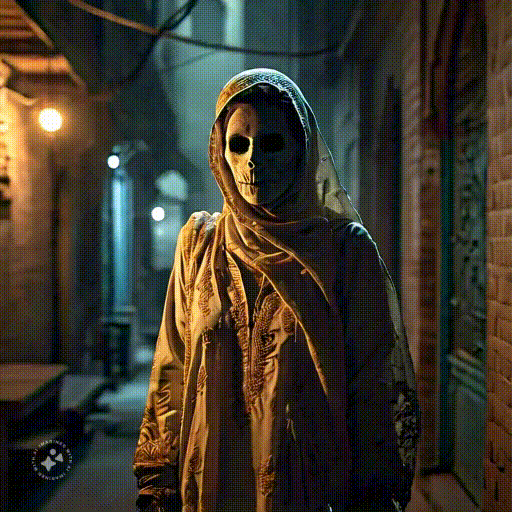
Origin:
Siyaah, meaning "dark," are shadowy entities believed to be malevolent spirits or demons. They thrive in darkness and are known to cause harm to those they encounter.
Appearance:
Siyaah appear as pitch-black shadows, often taking on a humanoid form with glowing red eyes. They move silently and can blend into the darkness.
Areas Found:
Siyaah are commonly reported in dark, abandoned buildings, forests, and desolate areas throughout Pakistan.
Local Story:
"My friends and I were exploring an old, abandoned mansion at the edge of our town," says Bil
al, a student from Karachi. "The sun had set, and the place was enveloped in darkness. Suddenly, we felt an overwhelming sense of dread. Out of the shadows, a figure emerged, darker than the night itself. Its red eyes glowed menacingly as it advanced toward us. We ran, but the Siyaah followed, its presence pressing down on us like a suffocating weight. We barely escaped with our lives, and none of us ever dared to return to that cursed mansion."
8. Nazar Battu

Origin:
Nazar Battu are spirits believed to protect against the evil eye. However, if not appeased, they can become malevolent and cause harm.
Appearance:
Nazar Battu are often depicted as shadowy figures with a single, piercing eye. They can take on various forms to ward off evil but can also become vengeful if angered.
Areas Found:
Nazar Battu are commonly reported in homes, villages, and places where people believe in the power of the evil eye.
Local Story:
"In our village, we always placed a talisman on our doors to ward off the evil eye," says Fatima, a housewife from Punjab. "One night, the talisman was missing, and strange things started happening. Shadows moved on their own, and we heard whispers. My grandmother told us it was the Nazar Battu, angry that we hadn't replaced the talisman. We quickly made a new one and hung it on the door. The disturbances stopped, but I never forgot the eerie presence of the Nazar Battu that night."
9. Brahmaparusha
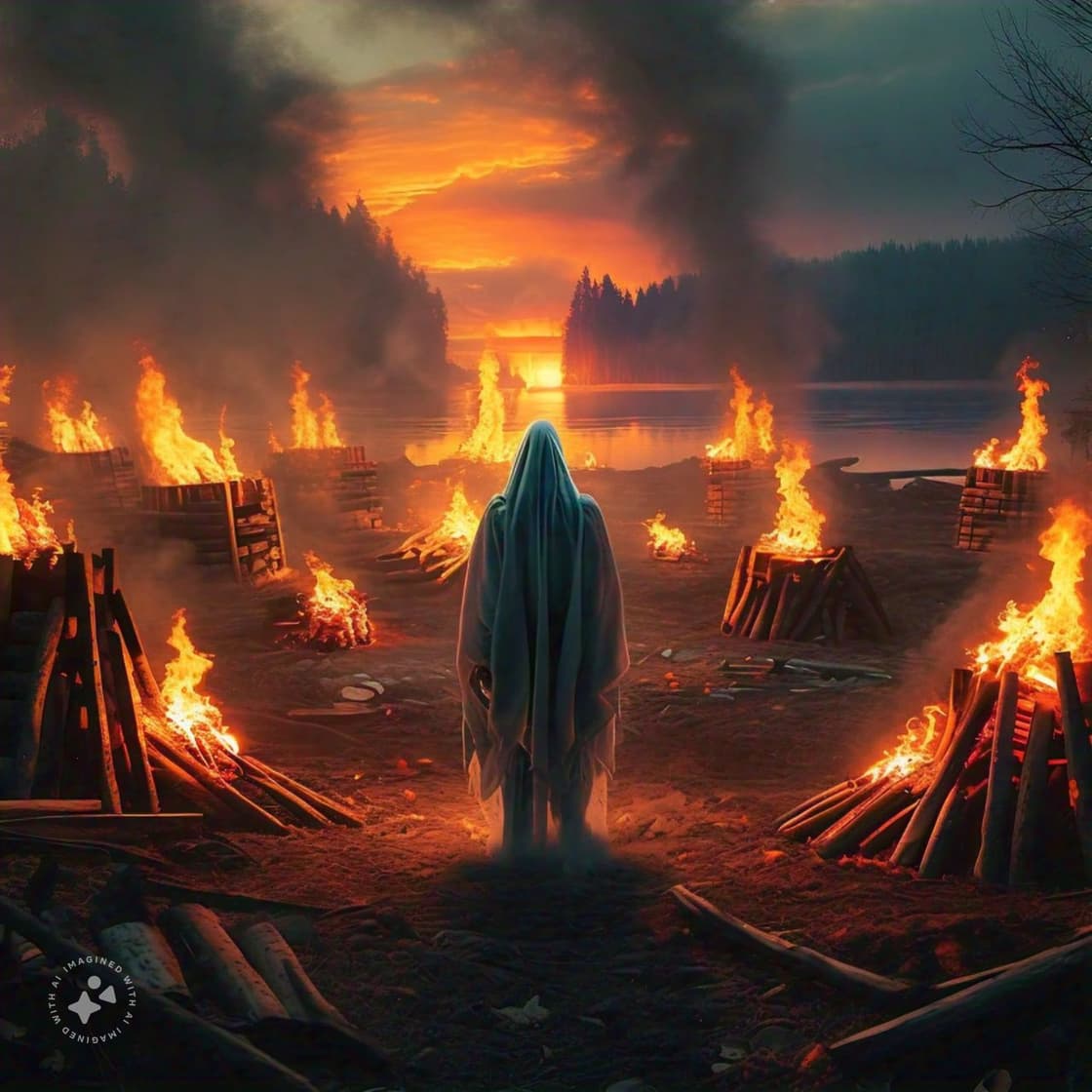
Origin:
Brahmaparusha are malevolent spirits from Hindu mythology, often associated with graveyards and cremation grounds. They are known for their bloodthirsty nature and terrifying appearance.
Appearance:
Brahmaparusha are described as having a terrifying, demonic appearance with a garland of skulls and a thirst for human blood. They often carry a skull cup filled with blood.
Areas Found:
Brahmaparusha sightings are reported in graveyards and cremation grounds, particularly in regions with a Hindu population.
Local Story:
"There's an old cremation ground near our town," recalls Rajesh, a local from Sindh. "One night, I decided to visit it, driven by curiosity. As I walked among the ashes, I saw a demonic figure with a garland of skulls and a skull cup in its hand. Its eyes glowed with a malevolent fire, and it moved toward me with an unholy grace. I ran, the Brahmaparusha's sinister laughter echoing behind me. I never went near that place again, fearing the bloodthirsty spirit would find me."
10. Qarin

Origin:
Qarin is a personal djinn companion assigned to individuals at birth in Islamic tradition. It is believed to influence thoughts and actions, often leading to negative or harmful behaviors.
Appearance:
Qarin is invisible to humans but is said to take on various forms to manipulate and tempt its host. Its true form and intentions remain mysterious and unsettling.
Areas Found:
Qarin is believed to accompany individuals throughout their lives, influencing their decisions and actions from the shadows.
Local Story:
"My grandfather used to warn us about our Qarin," recalls Hammad, a student from Lahore. "He said it would appear in times of weakness or temptation, urging us toward wrongdoing. I never believed it until one night when I felt a presence in my room. I saw a shadowy figure in the corner, whispering dark thoughts into my mind. It felt like a part of me yet alien and malevolent. I prayed for protection and sought guidance, but the fear of my Qarin's influence lingered."
11. Arwaah
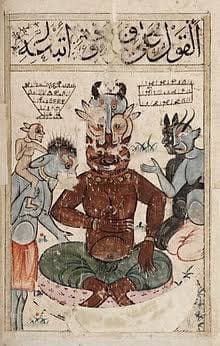
Origin:
Arwaah are malevolent spirits or djinns from Arabic and Islamic folklore, often associated with haunted places and malevolent intentions towards humans.
Appearance:
Arwaah are depicted as ethereal, ghostly figures with pale, distorted features and a cold, chilling aura. They are known to appear unexpectedly and terrify those who encounter them.
Areas Found:
Arwaah are commonly reported in old ruins, abandoned buildings, and places associated with tragedy and death.
Local Story:
"I grew up hearing stories about Arwaah haunting the old fort near our village," says Sana, a teacher from Quetta. "One summer evening, I ventured inside, drawn by curiosity despite the warnings. As I explored the dark corridors, I felt a sudden drop in temperature. Shadows danced on the walls, and I heard faint whispers. Suddenly, a figure materialized before me, its eyes hollow and filled with malice. I ran for my life, the memory of that encounter haunting my dreams for weeks."
12. Succubus/Incubus
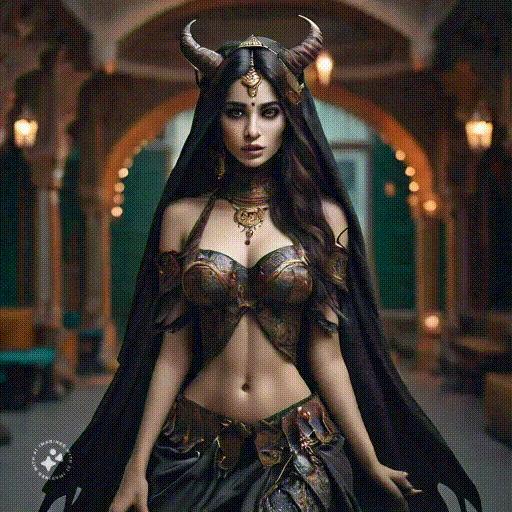
Origin:
Succubus (female) and Incubus (male) are demonic entities from Western folklore, believed to seduce humans, often during sleep, draining their life force or energy.
Appearance:
Succubus and Incubus are portrayed as attractive, seductive beings that can take on various forms to entice their victims. They use their allure to weaken and consume the life force of those they encounter.
Areas Found:
Succubus and Incubus encounters are reported worldwide, often associated with dreams and nocturnal visitations.
Local Story:
"My uncle used to tell us about his encounter with a Succubus," shares Fariha, a journalist from Karachi. "He described waking up in the middle of the night to find a beautiful woman in his room. She whispered sweet promises and caressed his face, but he felt an unnatural chill and a draining sensation. He managed to break free and recite protective prayers, banishing her from his presence. Since then, he always kept charms and prayers near his bed, wary of another visitation."
Special Thanks To Meta AI & Google for the images.